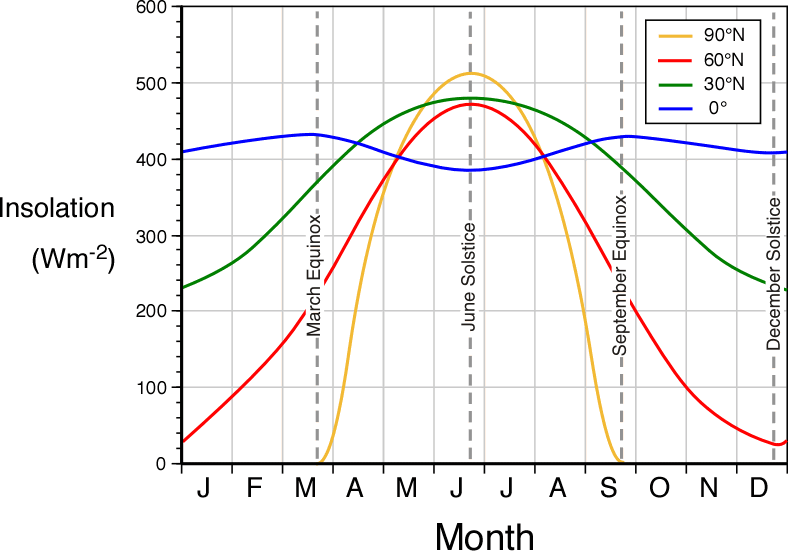The sides and corners of the cube are a few degrees warmer than the center.
They are there for the same reason that an ice-cube's corners go round, and the same reason that square stones lose their corners first in the river.
They aren't precisely circles, they are rounded squares also known as squircles. What would a child think of that word?
You can see from the shadow that the sun has warmed the upper left sides of the squares the fastest.
The corners and edges warm up first, especially the ones that catch the sunshinsunshine. The dark tiles are also hotter. (irradiance incidence and mathematics in W/m2 and mJ/m2 can perhaps be simplified into child concepts)
The water may also act as a solar reflector and reduce the surface area of the stone. Warmth from the ground may be escaping through the sides too.
The rain may have gathered more deeply towards the middle of the cube too, due to runoff dynamics and capillary action. Without sunshine, the capillary action would also thin the water from the edges and the corners faster than from the center.
Information for adults rather than children: solar irradiation in W/m2, Paris is 47'N and Moscow is 55'N.

